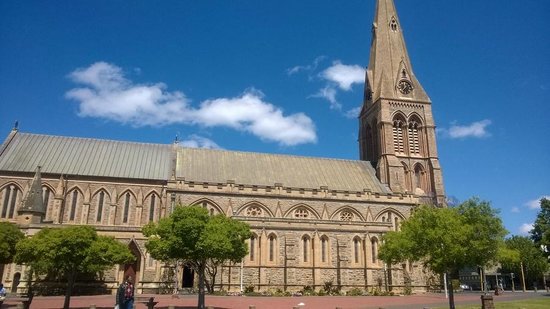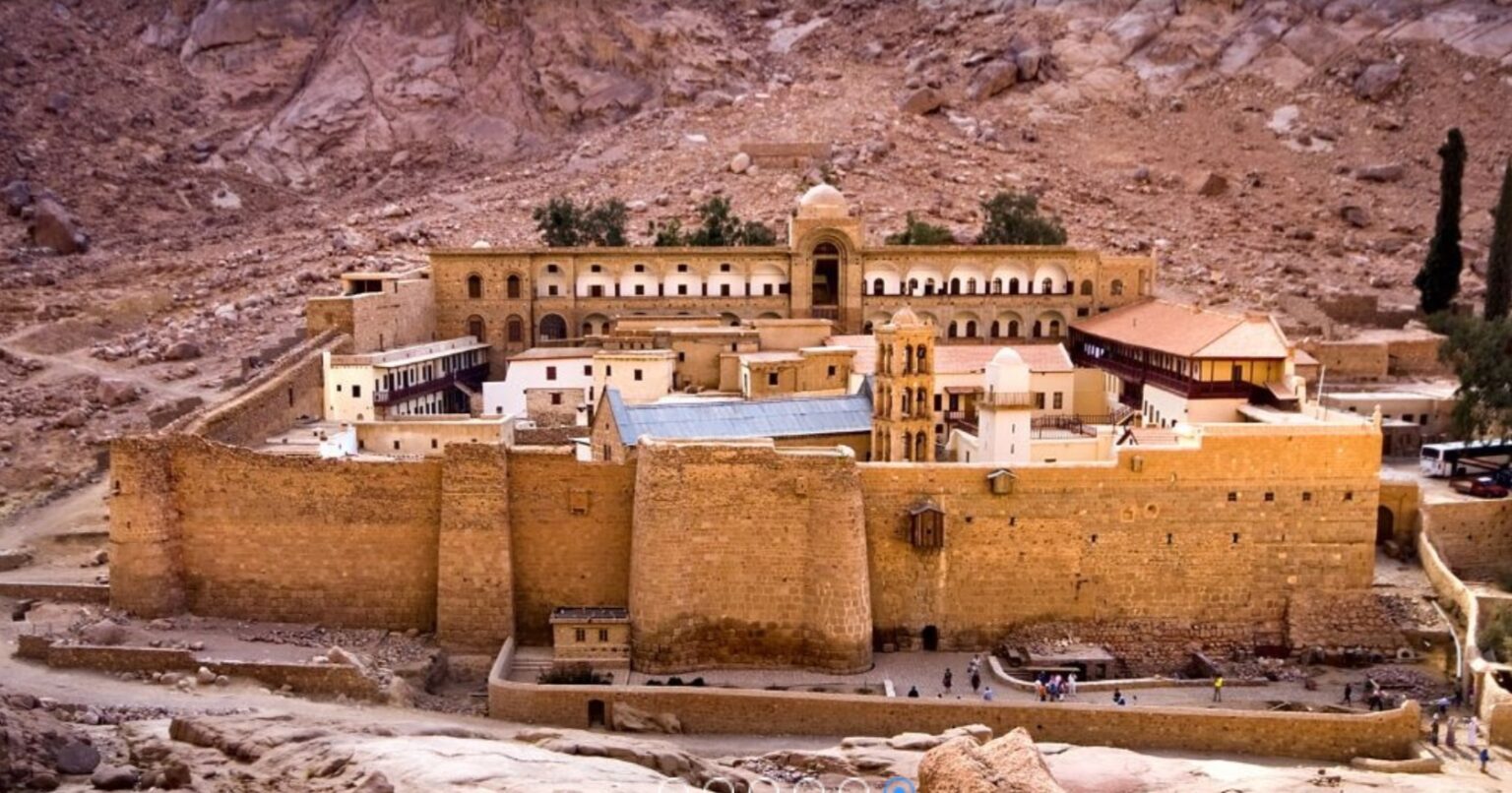At a Glance
- Explore Africa’s oldest cathedrals where history, devotion, and artistry meet across centuries.
- From Egypt to Ethiopia, sacred landmarks preserve the continent’s deep Christian heritage.
- These cathedrals remain living testaments of Africa’s enduring faith and cultural legacy.
Christianity took root in Africa nearly two thousand years ago, leaving behind some of the world’s oldest cathedrals still standing today.
From Egypt’s arid deserts to Ethiopia’s lush highlands and Nigeria’s coastal towns, these ancient churches tell stories of devotion, endurance, and artistry.
These cathedrals do more than mark history. They live within it, in the chants of monks, the laughter of children in churchyards, and the footsteps of those who still come to pray.
Together, they tell Africa’s long story of faith: not as something frozen in stone, but as something that endures, changes, and speaks still to the human heart.
They are not simply monuments. Inside their stone walls, faith still breathes, in hymns, quiet prayers, and flickering candles.
For travelers and worshippers alike, these oldest and most historic cathedrals profiled by Shore Africa remain places where history and faith continue to meet in stone, song, and spirit.
1. Saint Catherine’s Monastery, Egypt
Year: Built between 548 and 565 AD under the order of Byzantine Emperor Justinian I.
Brief: At the foot of Mount Sinai lies Saint Catherine’s Monastery, one of the world’s oldest monasteries still in use. Built in the sixth century under Emperor Justinian, it is said to sit where Moses saw the Burning Bush. Its library shelters ancient icons and manuscripts, and its peace draws Christians, Muslims, and Jews alike. Few places carry such a quiet sense of shared faith.
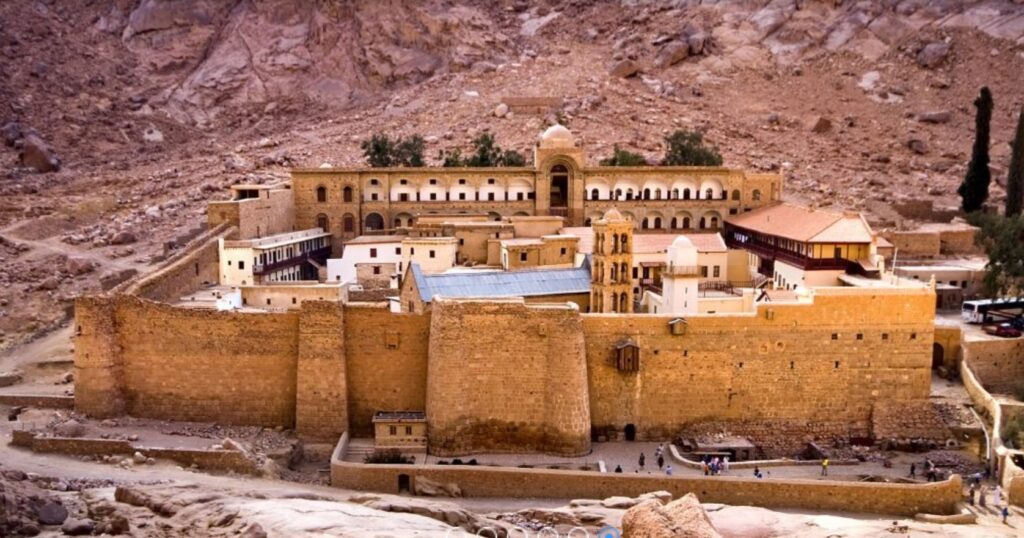
2. Debre Damo Monastery, Ethiopia
Year: Debre Damo Monastery was founded in the 6th century AD.
Brief: Debre Damo was established by Saint Abuna Aregawi, one of the Nine Saints who helped spread Christianity in the region. Debre Damo sits high on a flat mountain in northern Ethiopia, far from modern noise. Reached only by climbing a cliff with a leather rope, it has changed little since the sixth century. Its stone walls follow the Aksumite style, and its prayers still rise with the rhythm of the old world. Only men may enter, but its legacy belongs to all.
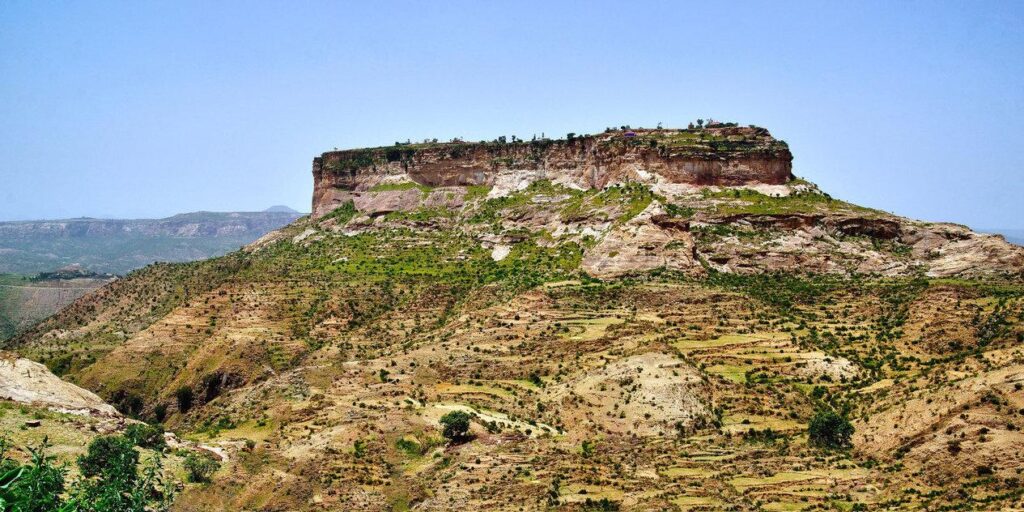
3. Church of Our Lady Mary of Zion, Ethiopia
Year: Built around 1965
Brief: In Axum, the Church of Our Lady Mary of Zion is at the heart of Ethiopian Christianity. Tradition holds that it houses the Ark of the Covenant. First built in the fourth century, it remains a center of pilgrimage. Each November, thousands gather for the feast of St. Mary, filling Axum with drums, white robes, and the scent of incense.
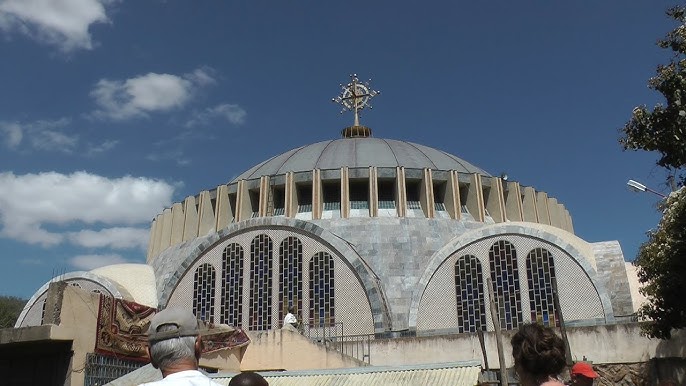
4. The Hanging Church, Egypt
Year: The Hanging Church was built starting between the 3rd and 4th centuries AD, though the current basilica-style building is estimated to have been constructed in the 4th or 5th centuries AD.
Brief: Cairo’s Hanging Church, built above an ancient Roman gate, seems to float over time itself. Dating back more than a thousand years, it is known for its wooden ceiling shaped like Noah’s Ark. Inside, dim light falls on centuries-old icons and marble columns. Through upheavals and reformations, it has remained a stronghold for Egypt’s Copts.
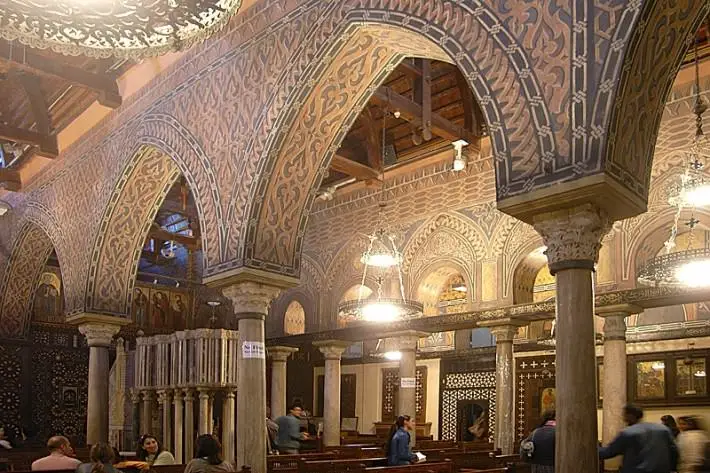
5. Abu Mena Basilica, Egypt
Year: The Abu Mena Basilica was built in the late 4th century AD, beginning with a smaller church over the tomb of Saint Menas.
Brief: The Abu Mena Basilica, raised in the third century to honor Saint Menas, once drew pilgrims from across the Mediterranean. Today, its ruins lie quiet under the desert sky, but its spirit lingers. The site reminds visitors how early Christianity took root in North Africa’s sands and how faith left its mark long before Europe’s great cathedrals were built.
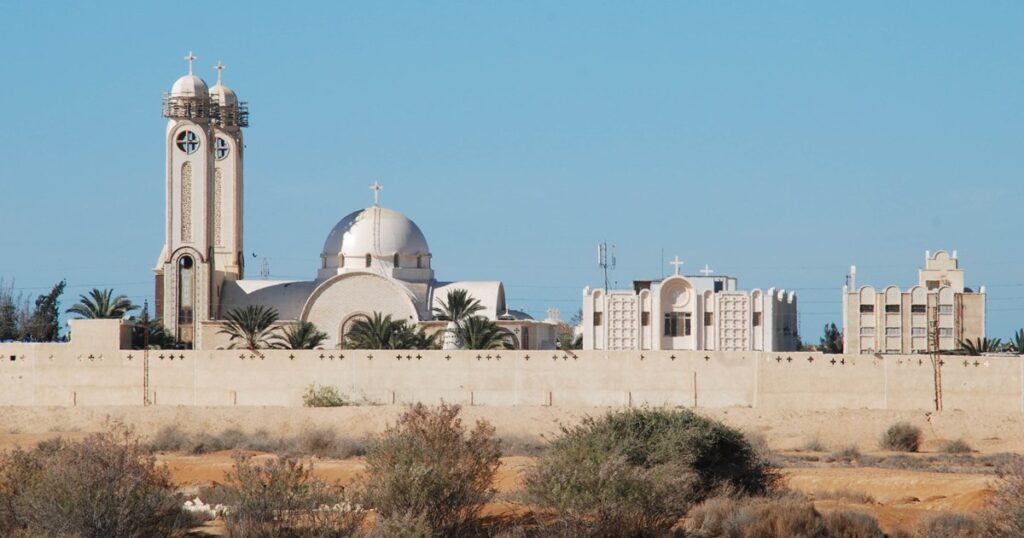
6. Cathedral Church of Christ, Nigeria
Year: The foundation stone for the first cathedral building was laid on 29 March 1867 and the cathedral was established in 1869. The cathedral celebrated its 150th anniversary in 2017.
Brief: At the center of old Lagos stands the Cathedral Church of Christ, Nigeria’s first Anglican cathedral. Completed in 1946 after years of local effort, it mixes colonial architecture with Yoruba design touches. For decades, it has hosted baptisms, weddings, and national ceremonies, a steady presence in a city that never slows down.
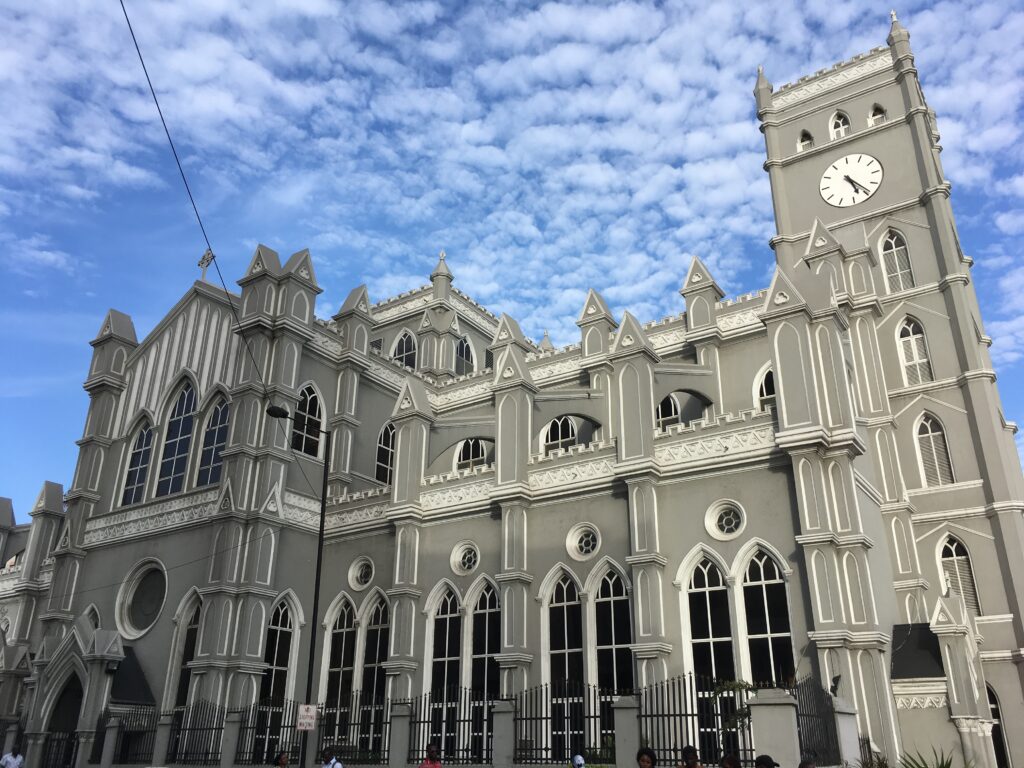
7. St. George’s Cathedral, South Africa
Year: Construction on St. George’s Cathedral in Cape Town, South Africa, began in 1901 and continued over several decades, with the foundation stone being laid in 1901.
Brief: St. George’s Cathedral in Cape Town, often called “the people’s cathedral,” became a beacon during South Africa’s struggle against apartheid. Under Archbishop Desmond Tutu, it opened its doors to protest and prayer alike. Today, sunlight through its stained glass paints the pews in quiet color — a symbol of peace born from defiance.
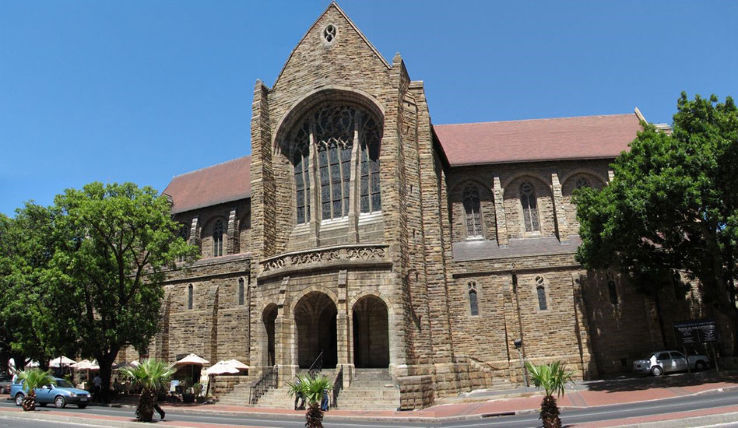
8. Rock-Hewn Churches of Lalibela, Ethiopia
Year: The Rock-Hewn Churches of Lalibela were built in the late 12th and early 13th centuries, primarily during the reign of King Lalibela (c. 1181–1221).
Brief: In Lalibela, eleven churches were carved directly into solid volcanic rock in the twelfth century. Known as the “New Jerusalem,” they are still active places of worship. Pilgrims move through tunnels connecting the churches, their songs echoing in the stone. No other site in Africa captures faith and craftsmanship so completely.
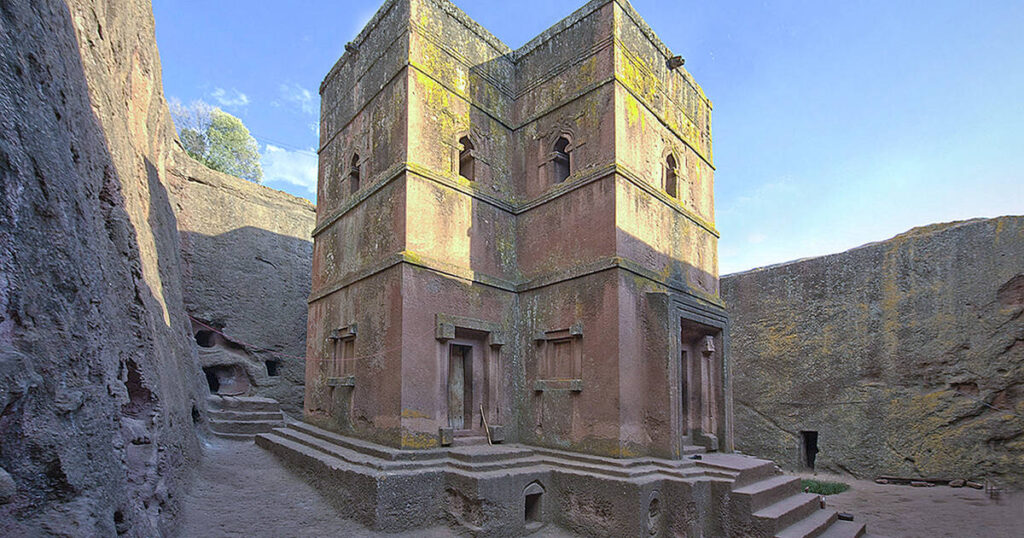
9. Igreja Nossa Senhora da Luz, Cape Verde
Year: The Igreja Nossa Senhora da Luz in Mindelo, Cape Verde was built between 1853 and 1863, with a renovation occurring in 1927. Some sources specify the construction date as 1862.
Brief: On Maio Island, the Igreja Nossa Senhora da Luz has stood since the sixteenth century. Whitewashed and simple, it was built by early Portuguese settlers and remains one of West Africa’s earliest Catholic churches. For islanders, it’s not just a landmark but a quiet center of daily life — weddings, festivals, and Sunday Mass by the sea.
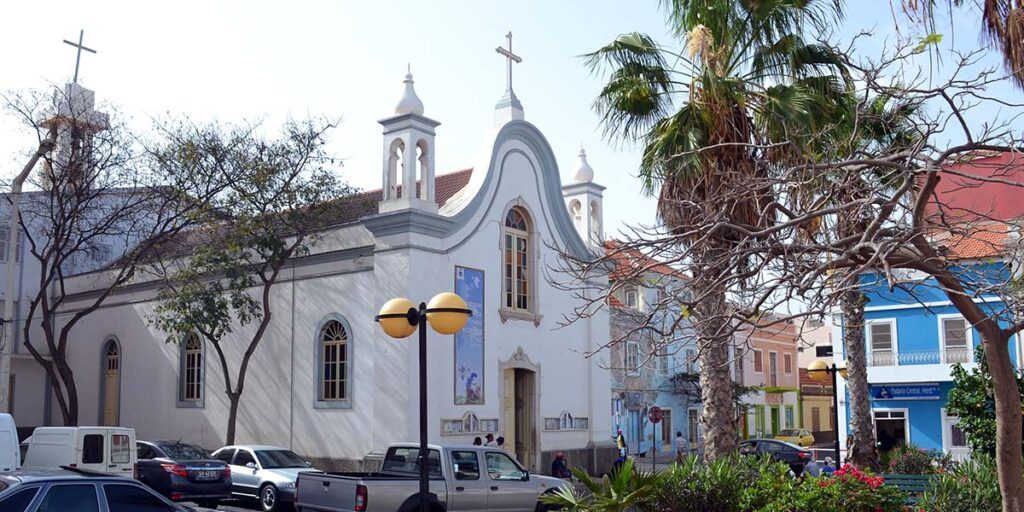
10. Cathedral of St. Michael and St. George, South Africa
Year: The Cathedral of St. Michael and St. George in Grahamstown was built between 1874 and 1912, with work on the tower and spire beginning in 1874 and the nave and north aisle being completed in 1912.
Brief: In Makhanda, the Cathedral of St. Michael and St. George rises with Africa’s tallest spire. Finished in the nineteenth century, its Gothic design and stained glass carry echoes of English cathedrals, but its heart is African. The wood carvings and brass plaques tell local stories of faith and loss, reminders of a community built around belief.
